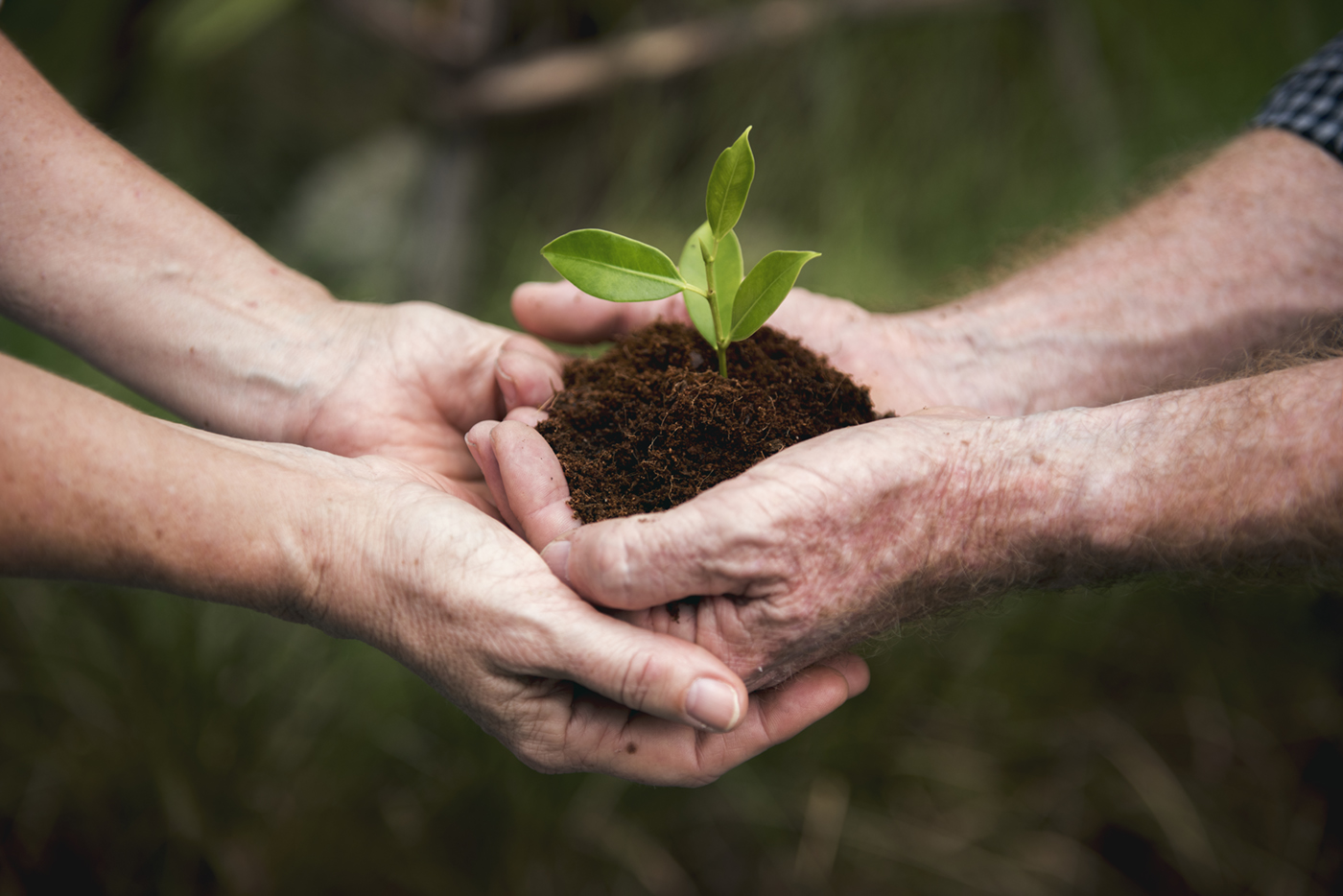Hundreds of scientists and years of research have shown that the impact of climate change seems to be bigger than previously estimated. The Earth’s warming has reached 1.1 degrees Celsius, getting closer to the limit of 1.5C scientists determined to be the last exceptional amount of global warming.
One of the biggest contributors to global warming is greenhouse emission which is naturally stored in forests, grasslands and permafrosts. However, these are currently in danger and could start emitting the gas in the atmosphere, if global warming keeps growing at the current rate.
Consequently, farmland is becoming non-farmable, forcing people whose livelihood is food production to move to a better place. But since people have been doing this for decades throughout history, we will soon run out of fertile land. Therefore food production and many peoples’ sources of income will perish.
The ones responsible are not taking the blame
Many other reasons contribute to global warming which continue to worsen the current state of our environment. The blame is yet to be fully put on manufacturers who are the source of wasteful production. Most manufacturers have been mitigating wasteful practices rather than adapting to the current sustainable production system. Therefore the consequences fall on the least responsible people who will suffer the most.
A fully sustainable approach to production
For this reason production practices need to transform into a new sustainable norm. Such practice already exists and has been implemented in the concept of circular economy. The approach of circular economy puts a stop to current wasteful production and enables circulation of materials that are reusable and recyclable.
Source: https://www.rts.com
Circular economy divides materials into two, zero-waste loops: biological and technical. The biological materials are sourced ethically from the earth, plants and animals. After they are used, the waste is decomposed back to the Earth.
In the technical loop, materials are refined or manufactured to be long lasting and recyclable. The product can then be recycled or the individual parts can be restored and reused. Therefore the concept of circular economy simply proposes the idea of using materials that are not single-use but always repurposed in a new, circular way producing zero waste.
Source: https://www.rts.com
Circular economy was initially formed as an alternative to the current wasteful linear economy, where materials are often taken from non-renewable resources and made in a way that cannot be repurposed. Therefore the product creates waste and pollutes the environment, adding up to the already massive amount of piled up waste. The waste is then often dumped in disadvantaged locations, directly endangering people’s health and quality of life.
Workers in Ghana picking through waste. Peter Yeung https://www.bloomberg.com/news/articles/2019-05-29/the-rich-world-s-electronic-waste-dumped-in-ghana
Creating the new norm
Therefore, to stop contributing to the detrimental effects of global warming, the concept of a fully zero-waste circular economy needs to become the norm. The products should be designed to last and be easily recycled, repaired or upgraded. Materials are either biodegradable or recyclable/reusable and produced using renewable energy sources. Following such practices we can start reviving nature and give the environment an opportunity to finally develop and grow into what it was always meant to be: our home.
